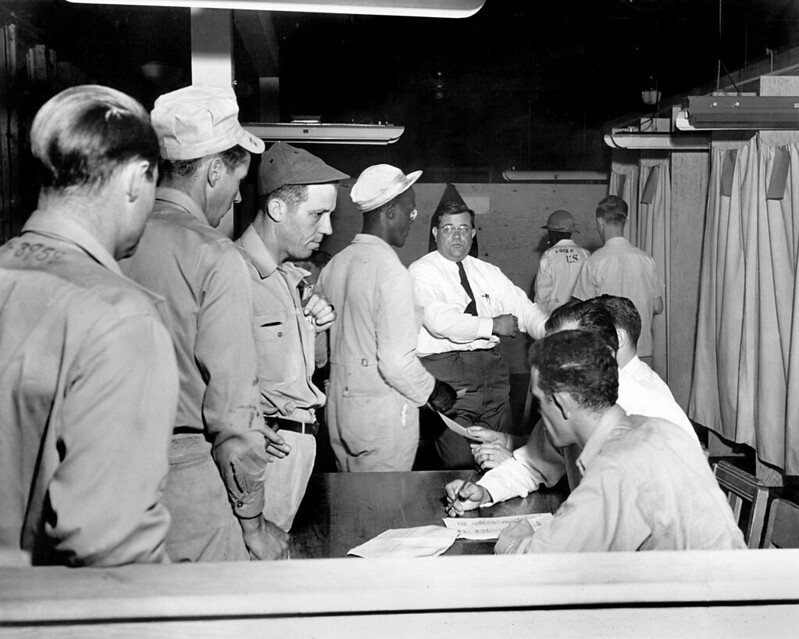
This is an unusually promising Labor Day for American unions — maybe the most hopeful for many decades — for several reasons.
First, the annual Gallup poll released last week showed a 71 percent public approval rate for unions – the highest level since 1965. The sky-high approval rate is even more remarkable given the organizational weakness of organized labor. Unions currently represent just 10.3 percent of the American workforce.
Second, there’s a mini-organizing wave — driven by worker-organizers, not full-time union officials — taking place across the low-wage service sector. Most notably, workers at 235 Starbucks stores have voted to unionize since Starbucks Workers United historic first victories in Buffalo, N.Y., last December; the independent Amazon Labor Union (ALU) won at a Staten Island warehouse with 8000 workers in April; Apple retail store workers in Towson, Md., formed the company’s first union in June, as did Trader Joe’s workers in Massachusetts and Minneapolis, REI workers in New York City and Berkeley, and Chipotle workers in Lansing, Mich. There hasn’t been this much excitement around labor activism in low-wage, non-union sectors of the economy for decades.










